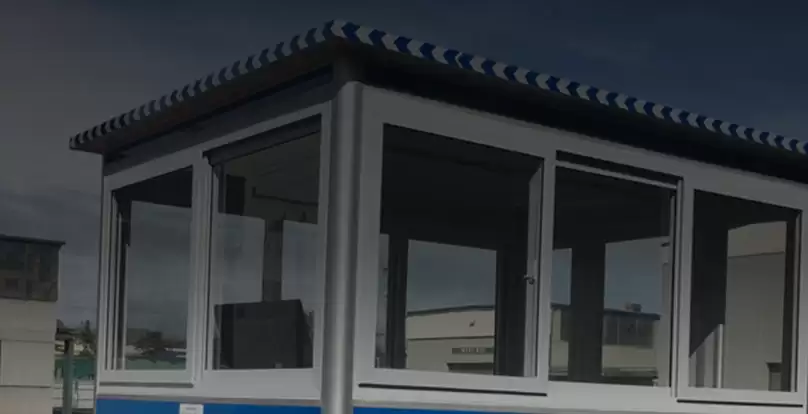It is unfortunate, but unforeseen circumstances can occur within communities. Whether it’s a wildfire, broken dam, or sudden blizzard, it is imperative to have an emergency operations plan in place to protect your citizens.
Putting together an emergency operations plan template when you don’t know where to start can be a challenge, though. It becomes an even larger stressor knowing the importance of having a successful and reliable emergency operations plan in place.
Well, this article is here to put those fears to rest. Below, you will find handy guidelines for putting together an emergency operations plan you can depend on.
Putting Together an Emergency Operations Plan
Before you begin putting your emergency operation plan together, it is important to understand your role. It is the duty of the government to provide temporary relief for citizens in the event of a disaster.
Create a Task Force
Most states will have agencies aside from the government, such as the American Red Cross, that will work conjointly in these efforts. You can also enroll other local facilities such as hospitals and schools to help in the event of a crisis.
From there, the next step is to appoint a leader of the relief plan and staff. The shelter coordinator will be responsible for planning and operating the relief while trained staff implements the plan.
Once the coordinator, staff, and agencies have been chosen, the relief plan should be fabricated. Here are a few of the most important aspects of your relief pan.
Implement Shelter Units for the Community
An important feature of emergency operation plans is that they include reliable shelters. Whether there is a major disaster such as a flood or wildfire or you simply need an area to house homeless individuals from excessively high or low temps, you need to have a reliable shelter in place.
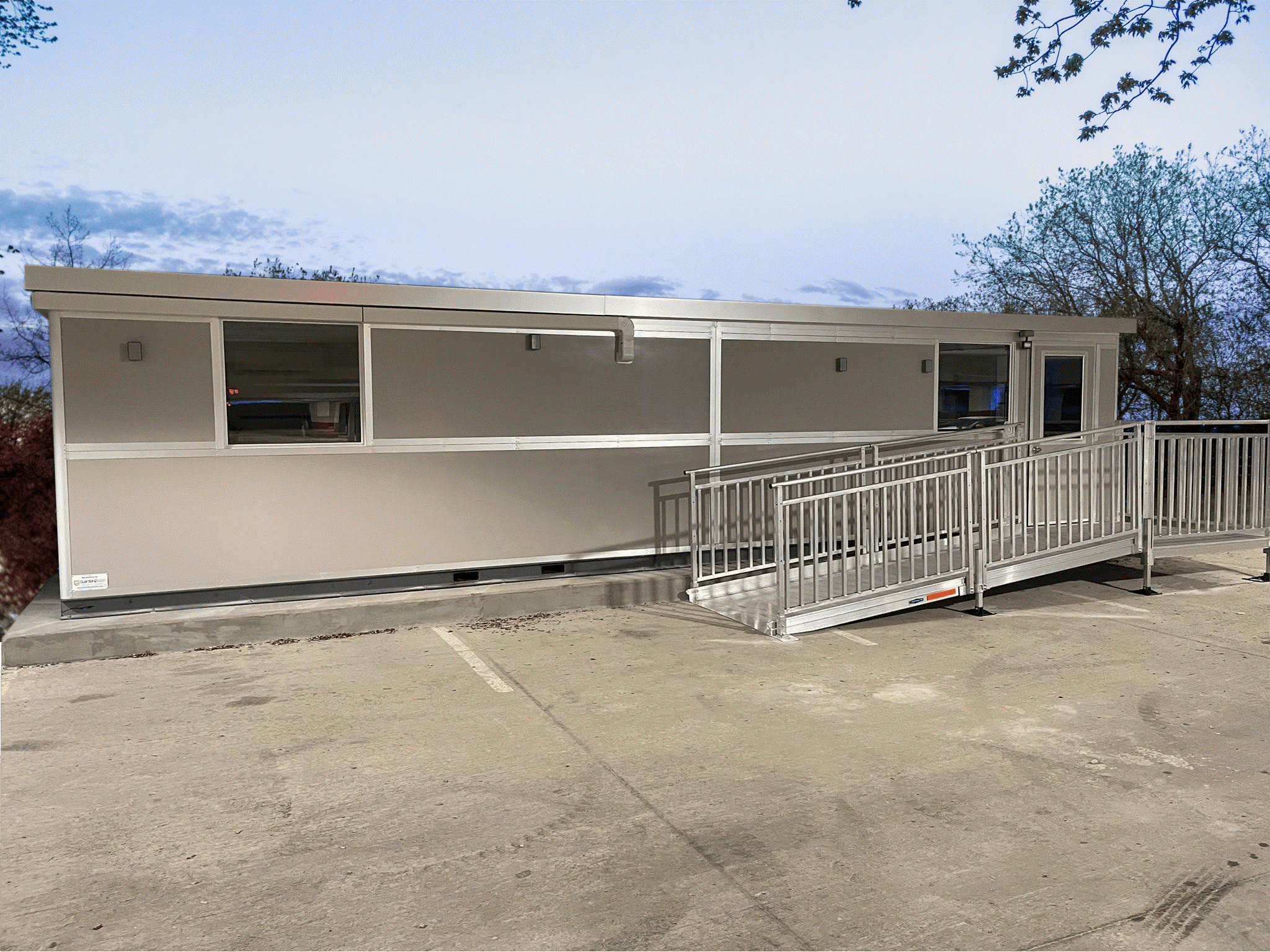
There are many types of shelter options within a community. Churches, schools, and warehouses can act as structures for relief during an emergency. You can also construct buildings specifically designed for your emergency operations plan.
The type of shelters you decide to implement will depend on many factors. For example, some communities may consider providing a separate emergency family shelter besides for an emergency shelter for men or an emergency shelter for women.
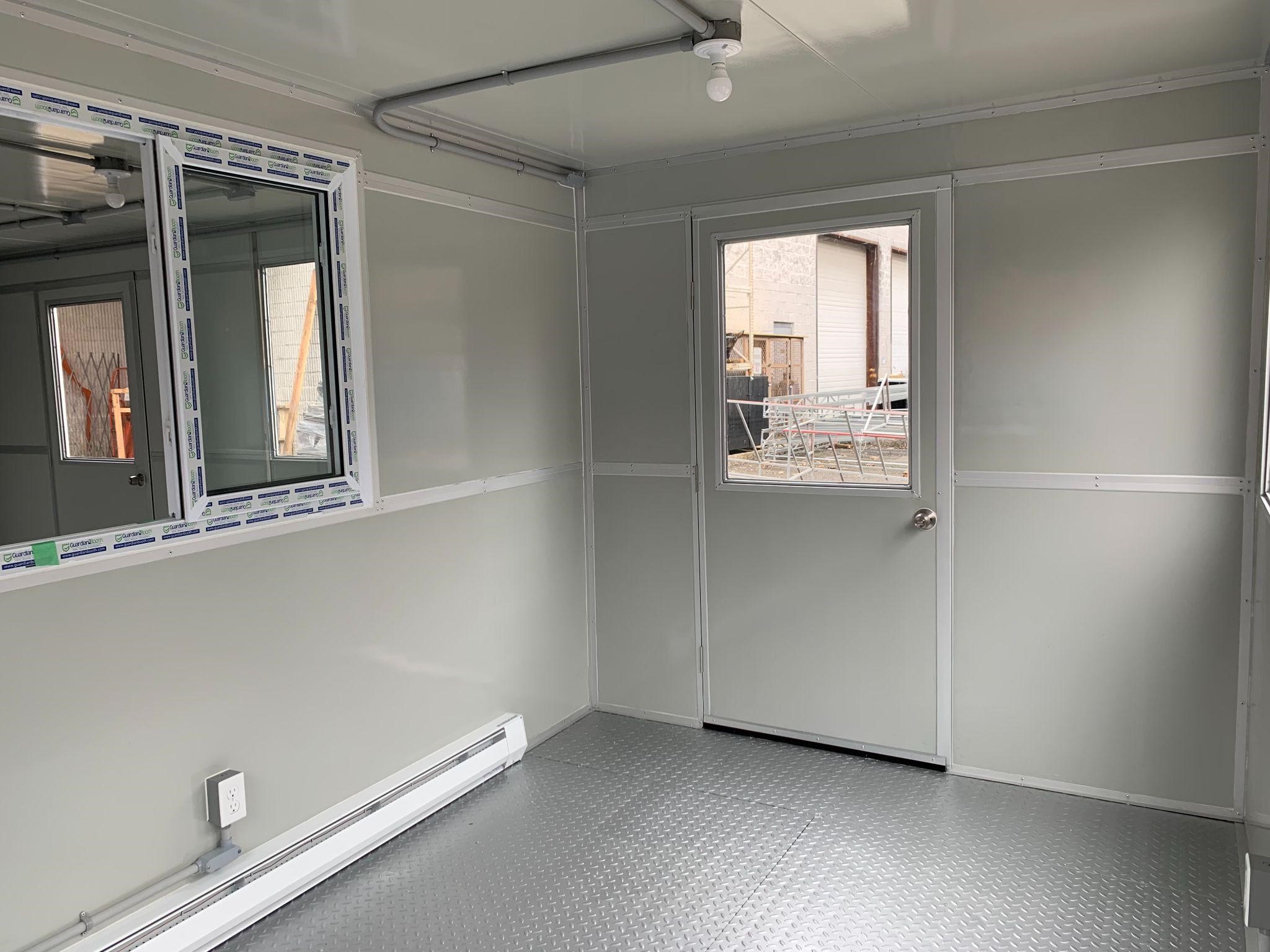
What to Include In or Near the Shelter
Regardless of the type of shelter in place, there are a few key things to try and include:
Parking
Parking is an important aspect of your shelter. You need to provide enough room for citizens to park their cars near the relief facility. Also, have enough space for government transportation. Remember – during an emergency, many will not have access to their cars or other means of transportation. It is important to set up options such as school buses or taxis.
Enough Space for Slumber
Individuals should be given enough room to comfortably slumber. That said, you may need to provide more than one shelter. Consider the needs of the community, too. For example, having a women’s emergency shelter and/or a youth emergency shelter can provide more safety and security for certain individuals.

Room for Important Offices
Many important offices should be on-site and ready to provide help to those in need. Some of these units include:
- Registration – It is imperative to know who is coming in and out of your emergency relief shelter. Require citizens to register and implement a sign-in/sign-out to keep everyone safe.
- Healthcare office – During a disaster, health needs may be amplified. Having a specific healthcare office where individuals can seek treatment is crucial. Here, trained nurses, first aid kits, medicines, and other healthcare musts should be found. Be prepared to handle infectious and contagious diseases. Lastly, consider adding an emergency shelter for pregnant women that has medical staff on-site.
- Mental health office – Mental health issues can also be at their highest during a disaster. Ensure there is an office space equipped with counselors who can assess and provide support when necessary.
- Communications office – Keeping citizens in the know about the disaster is critical for their well-being. The communications office will be an area where citizens can stay updated on the disaster and when the opportunity to leave may arise, among other important details.
Food Prep/Serving Areas
Another key feature of emergency shelter assistance is providing food, and a clear plan of action should be implemented. There are a few options when it comes to serving food:
- Catered/Ordered – The simplest solution is to have local restaurants or fast food joints cater or deliver food to the emergency family shelter and other shelters for the community.
- Designated kitchen offsite – Having food delivered or catered is not always an option during a crisis. Having a designated kitchen in the community where people can deliver food before the disaster is an option. From there, designated chefs can prepare and deliver the food to the emergency civilization shelter pod.
On-site meal prep – The most viable option is to have an on-site meal prep and serving site, similar to a cafeteria. Here, volunteers can work to create meal plans, cook the food, and serve to members of the emergency shelter.
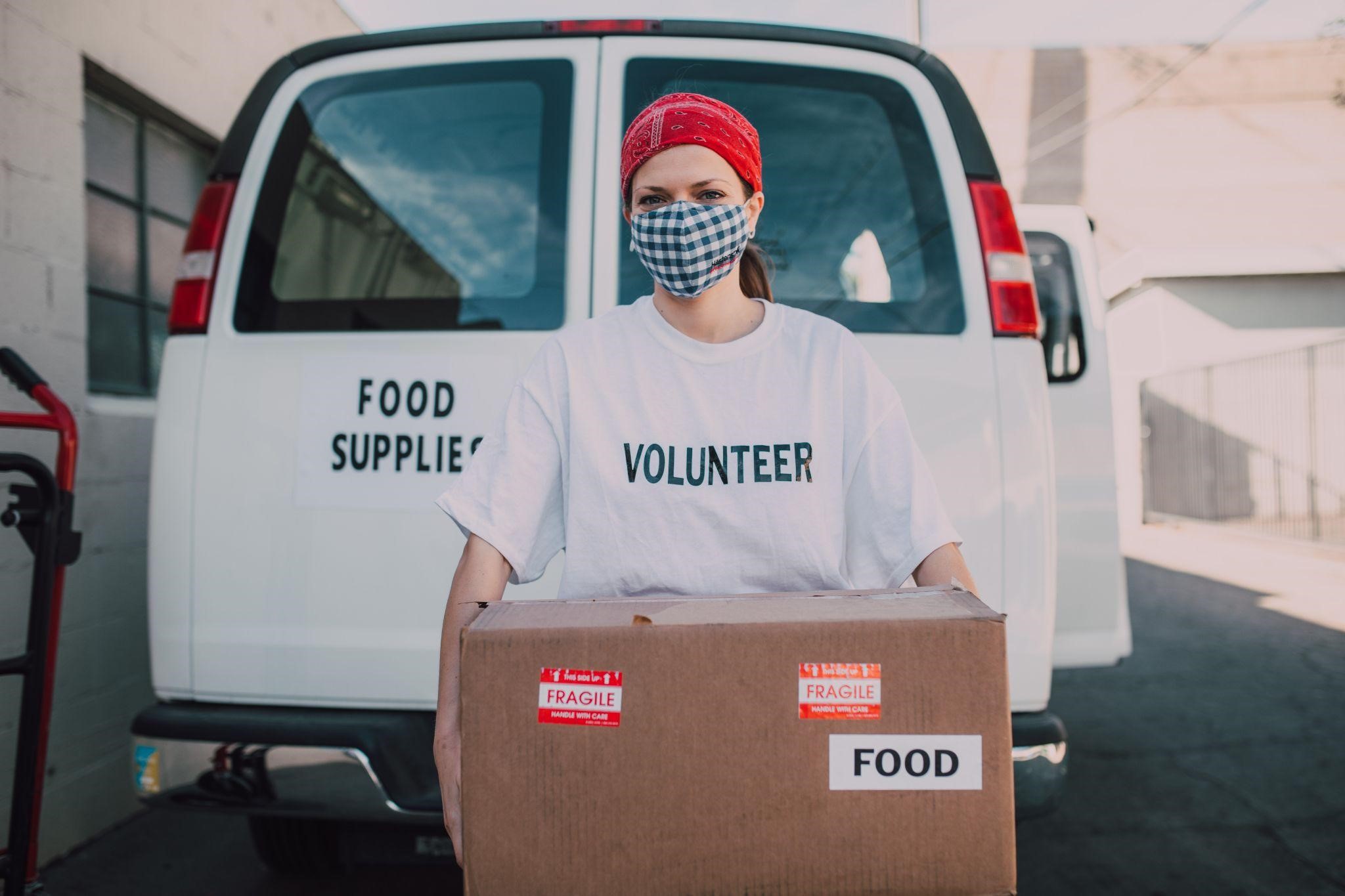
Care for Personal/Social Needs
Significant disasters may prolong the stays in shelters for members of the community. Such events should be accounted for in an emergency operations plan.
- Recreational area – Books, games, and TVs are great ways to provide recreation.
- Toilet and shower facilities – This is imperative to personal needs. Consider putting together emergency comfort kits that include clothing, towels, toothpaste, toothbrushes, hairbrushes, and other necessities.
- Child care – Having childcare services on-site can help relieve some of the stressors for parents. Consider placing in an emergency shelter for women and children or family shelter units.
- Animal services – This is another handy service that can be useful to families that brought their beloved family pet along during the event of a disaster.
- Housing assistance – Those who may require long-term housing assistance after the emergency shelter is no longer necessary.
- Warm or cool room temperature control. Cool room temperature control (may feature a homeless warming center for when temperatures drop or a cooling center for high temperatures. If you’re wondering, “What is a cooling center” it is simply a space where fans and other equipment are used to keep a low temperature steady. Search for “cooling center near me” to find out more.
- Assessing needs for the elderly or the disabled. Ensure your shelter is equipped to handle all types of community individuals, including the elderly and mentally disabled who may need extra help or facilities.
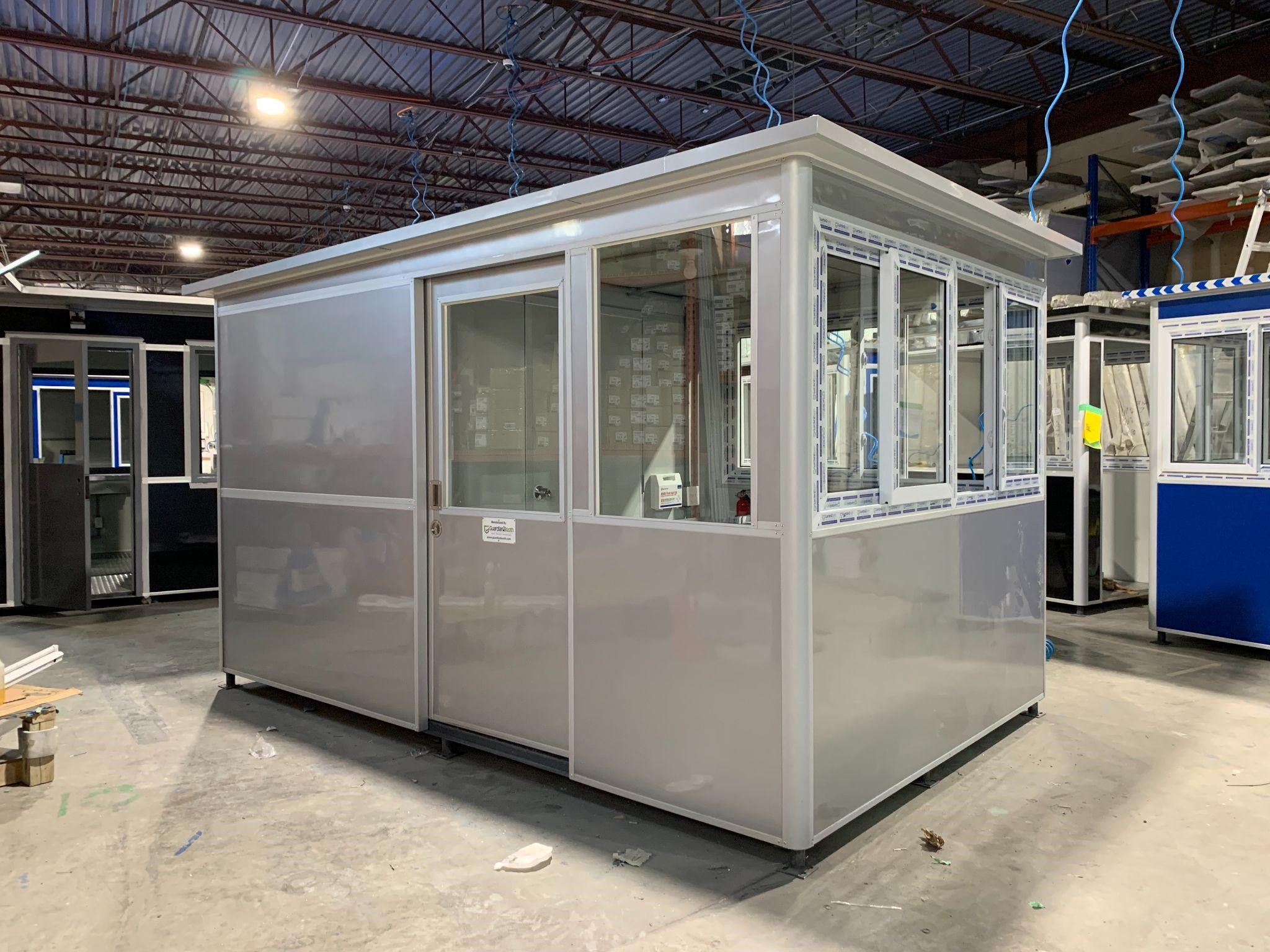
Safety and Security
The final aspect of an emergency operations plan is to provide safety and security to the community in the shelter. A clear set of rules and regulations should be set forth for the shelter unit and a clear list of consequences for not following said rules.
Make sure to have someone on site that can translate these rules for those, if necessary. Also, have one or more individuals implement the rules at all times.
Keep safety a priority, too. Things like backup generators and fire extinguishers should be ready in the event of a further crisis found at the shelter.
What are the six key elements of an emergency operations plan?
In theory, there are six key elements of an emergency operations plan. The first one is communication. Ensure that there are ways of communication, even in the event of a disaster, such as walkie-talkies. Document everything that occurs during the disaster to stay current and relay important information to other task force members.
The next element is resources, such as comfort kits, medications, and help for all types of individuals. The third element is safety and security, which is clearly described above. Staff elements are the fourth. It is important to train your staff/volunteers prior to the disaster to know their specific roles and duties.
The last two elements are utilities and clinical/support activities. Each emergency operations plan should be ready and able to provide toilets and showers. They should also be able to tackle health problems, physical and mental.
What are the 5 Steps to an emergency plan?
When creating an emergency operations plan, shelter and the offices/resources are the key elements. However, don’t also forget to include: prevention, mitigation, response, and recovery into the plan, too.
Which is the most commonly used format for an emergency operations plan?
The most commonly used format for an emergency operations plan is the traditional one, which comes with three basic parts: the basic plan of action, functional annexes, followed by hazard-specific annexes.
Final Words
Putting together an emergency operations plan is critical to being prepared in the event of an emergency. The first step is to create your task force, which will likely include local agencies to help with the overall hurdle of providing shelter and safety for citizens. Finally, focus on the shelter and the requirements such as food, spaces for slumber, safety, and security.

